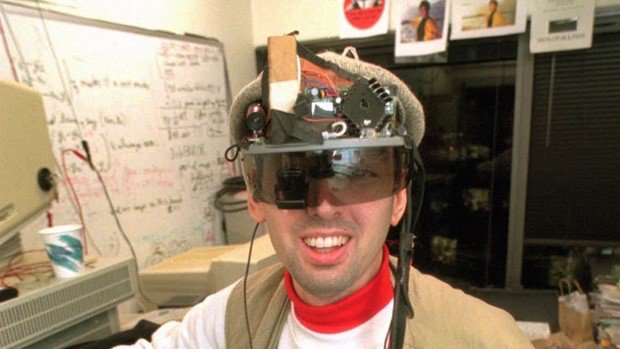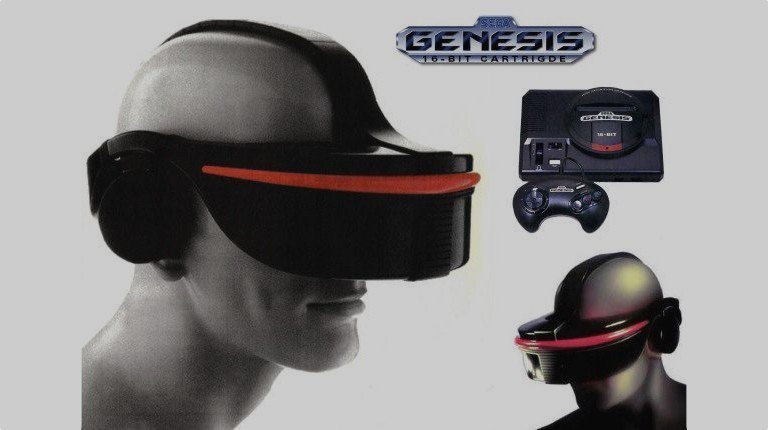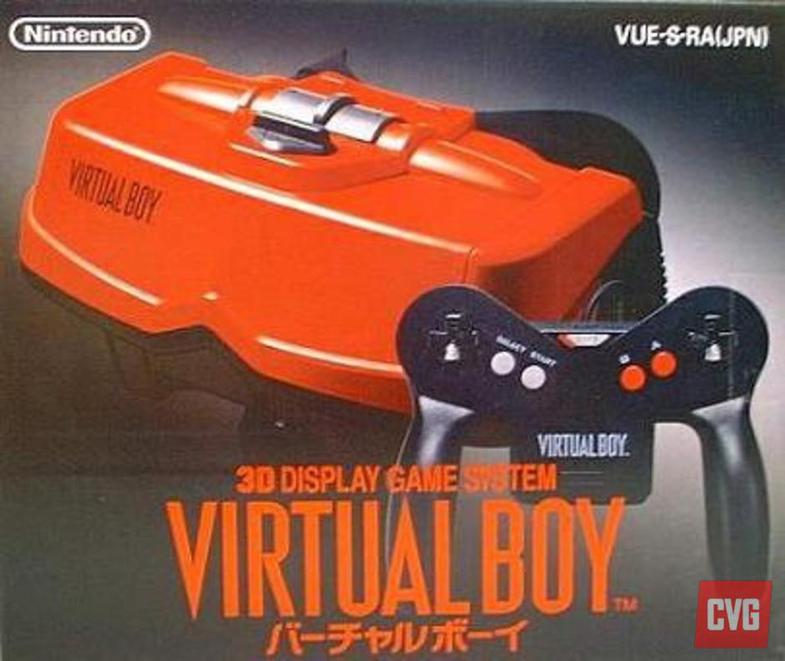The origin of virtual reality: prototypes of video glasses and 3D helmets from the past

It seems that virtual reality is gradually gaining momentum - this is clearly not the dead end of the development of technologies like 3D TVs. Devices that immerse a person into the world of virtual reality are becoming more and more, technologies are being improved, less and less differences between ordinary and virtual reality.
In order for this breakthrough to occur, scientists, engineers and futurists who saw the future in VR worked on the appropriate technologies. Attempts to create a device that allows a person to immerse themselves in a different reality, have been going on for a long time, all of this originates from stereoscopic devices with sound. But there were other prototypes, much more interesting.
1956: Sensorama - 3D vehicles

This is one of the attempts to immerse a person in an unusual world, to try to convey to him a feeling of a different reality. Sensorama is a device with stereo sound, a 3D display, smell generators (yes, this is not a new technology at all) and vibrating seats that change their position depending on what is happening on the screen.
It was all a product of the mind of the cameraman and engineer Morton Heilig, who created six short films for Sensorama. Everything was filmed on a special camera.
1961: Headsight - tracking the position of the user's head

Video helmet Rift actively uses the technology of tracking the position of the user's head for a more realistic immersion into virtual reality. But the first attempt to do something similar was made in 1961. It was a secret military project, during the implementation of which scientists created Headsight, consisting of a magnetic system for tracking the position of the user's head, a video helmet with a display and broadcast cameras. The initial goal is to create a device that allows you to remotely explore any places where you personally would be for some reason impossible (or dangerous).
1966: GAF Viewmaster

These are ordinary stereoscopic glasses - in the 80s, many children already had toys, the operating principle of which was similar to that of this device. But, of course, when a person first sees the “three-dimensional” stereoscopic image, it makes a very strong impression on him.
1968: Sword of Damocles

Yes, the system was so called because it was very heavy for a person, and hung on a special manipulator under the ceiling. Here a computer was already used, which superimposed a geometric grid on everything that a person saw in front of him.
1980: Eye Tap

Miniaturization is in force. Steve Mann, a pioneer and “father” of wearable devices, created a computer system (mounted in a backpack behind his back), connected to the video send and video finder. This system allowed to impose a computer-generated image on what a person saw in front of him. This system can be considered an augmented reality, not a pure VR, but still, the step is very significant.
1984: RB2

The first full-fledged VR-controllers. It was a virtual reality for two that allowed users to see themselves in VR and interact with the virtual environment. And yes, it was already a commercial development that could be bought. Why not become popular? The basic version of the RB2 cost $ 50,000 (remember, this is 1984), and the regular version is $ 100,000.
1985: NASA

There is already an LCD display, and tracking the position of the user's head. There are LEDs, good optics and everything else. This is the first such device, which already very much resembles what is now.
1993: SEGA VR

The Japanese company has released special video glasses for full immersion in the game, and this device was presented at CES, along with four games for this device. Unfortunately, the project was not received by the technology community too cordially, and Sega did not go further.
1994: Nintendo Virtual Boy

The first home console from Nintendo , capable of three-dimensional graphics, was the Virtual Boy, released in 1994. Here technologists are used, similar to the “virtual reality helmet” - you immerse your face in the device, and two monochrome (black and red) projectors transmit the image separately for each eye.
But the system was expecting a failure - the users mostly had a neck pain. Yes, and the black and red image is not pleased.
1995: CAVE

This is a complex system designed for several people. It consisted of projectors, video glasses, special lighting. CAVE was created by students at the University of Illinois. The innovation is that in this VR environment there were several people who could interact with each other, and see, feel the same thing.
2009: Kickstarter and the beginning of the newest history of virtual reality with the Oculus Rift Development Kit 1
We already know what happened next. Now a lot of large and not so much companies have begun to create their own virtual reality devices. Use VR technology astronauts, scientists, gamers. And this is just the beginning.
